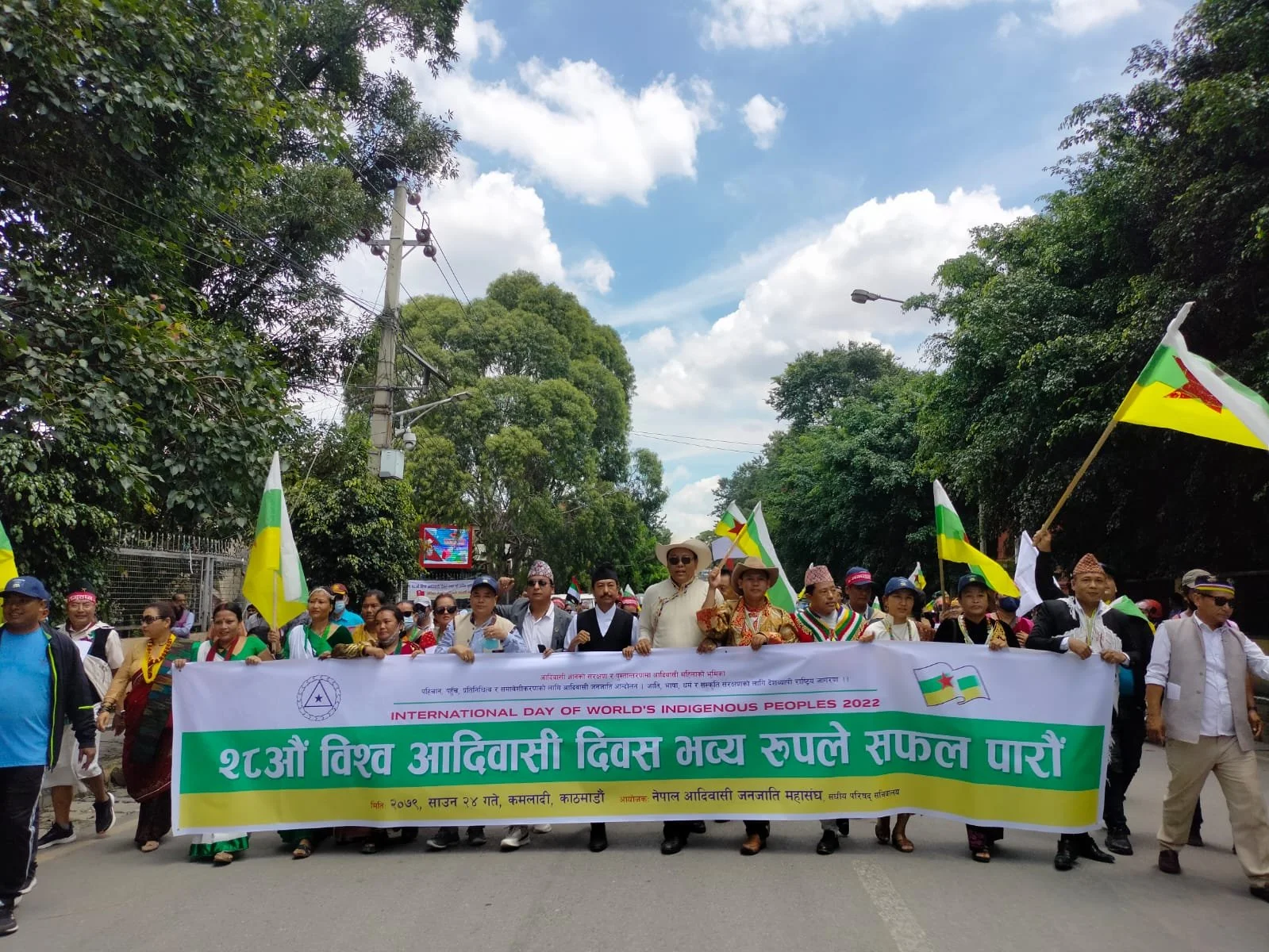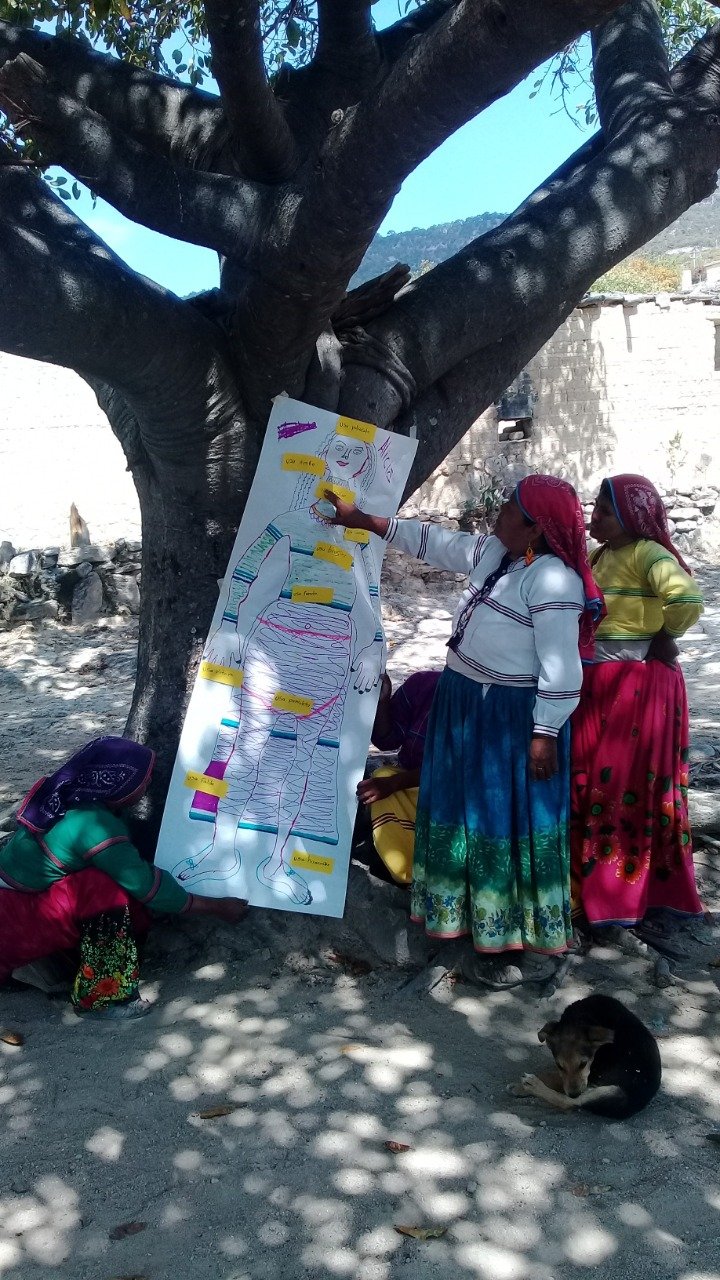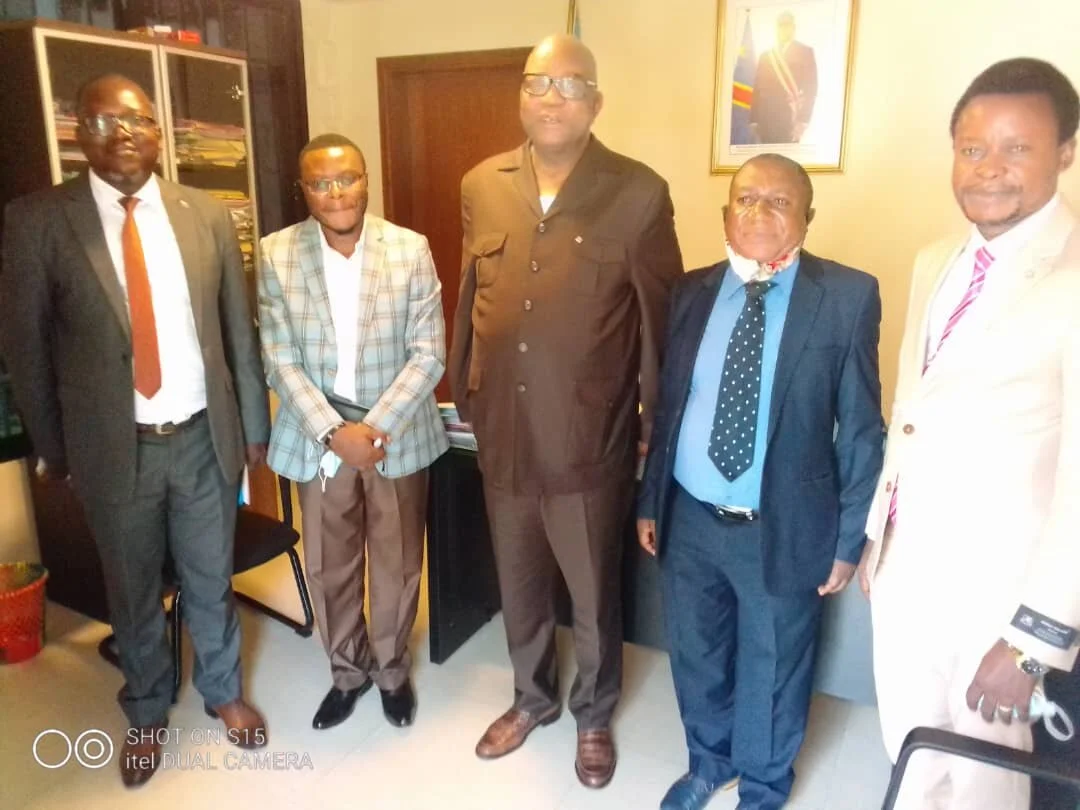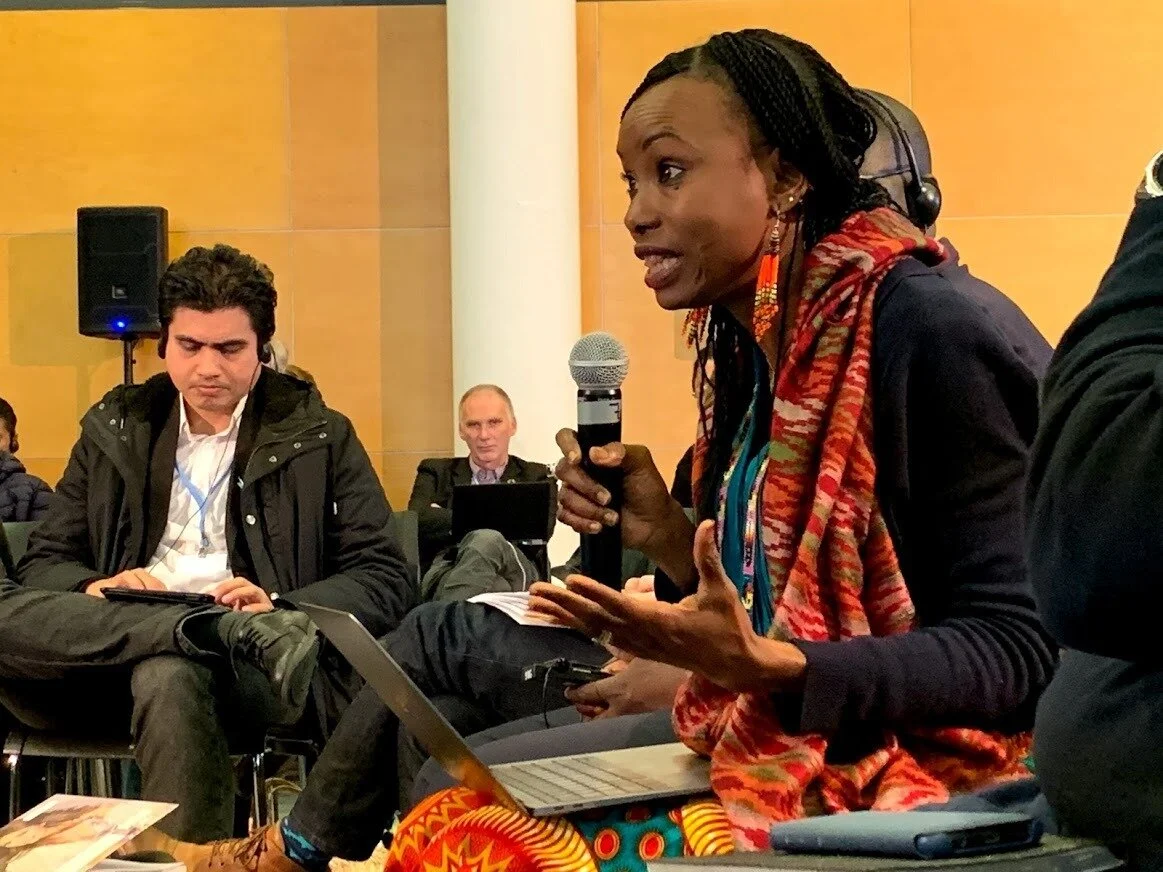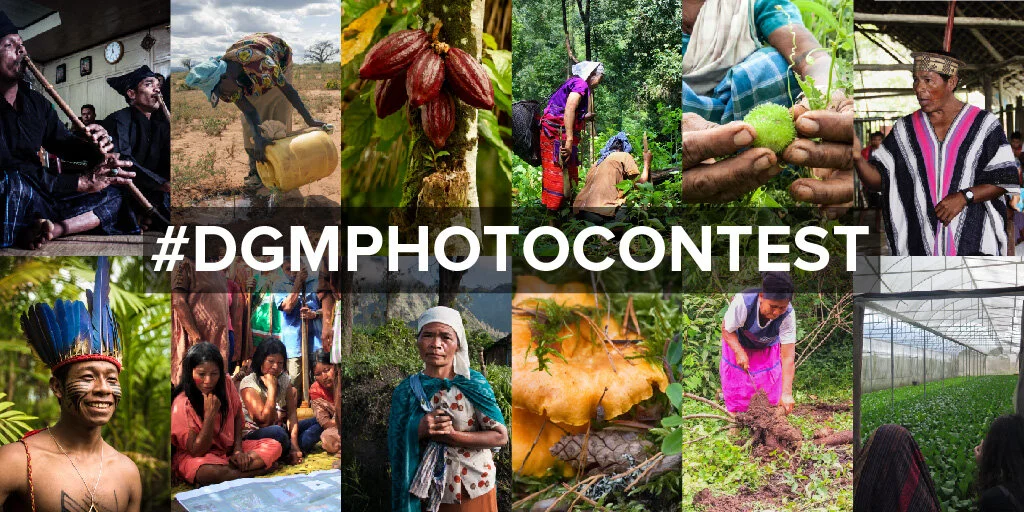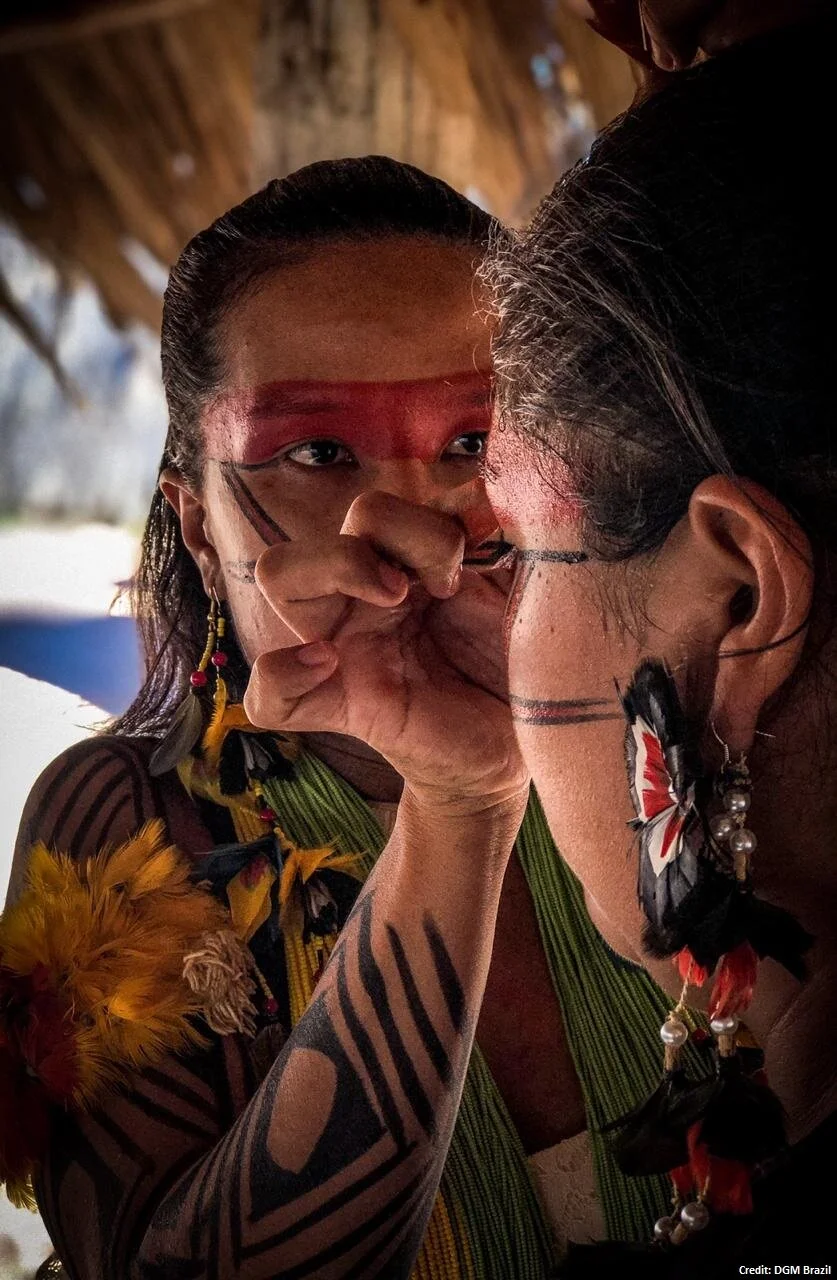Overview | Brazil | Burkina Faso | Cote d’Ivoire | DRC | Ghana | Guatemala | Indonesia | Mexico | Mozambique | Nepal | Peru | Rep. of Congo
Peru
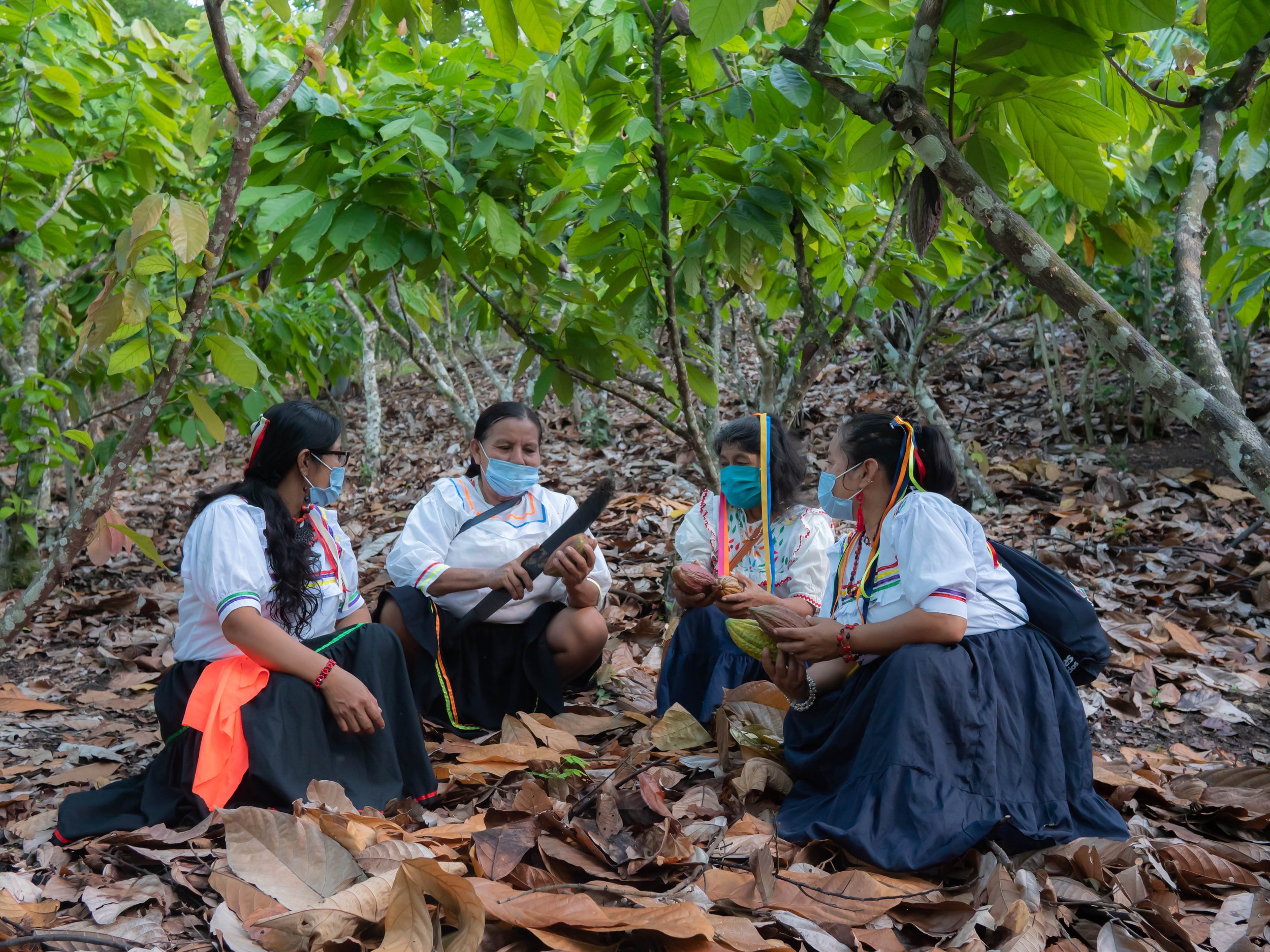
Saweto Dedicated Grant Mechanism for
Indigenous Peoples and Local Communities
Project Document
Status: Completed Funding: US$5.5 million
Forest Investment Program Approval: May 2015
World Bank Approval: September 2015
Implementation: November 2015 - March 2021
National Steering Committee: List
National Executing Agency: WWF Peru
Project Website | Climate Investment Funds | World Bank
Facebook | Twitter | YouTube
Objective: Supporting indigenous peoples in selected communities in the Peruvian Amazon in their efforts to improve their sustainable forest management practices
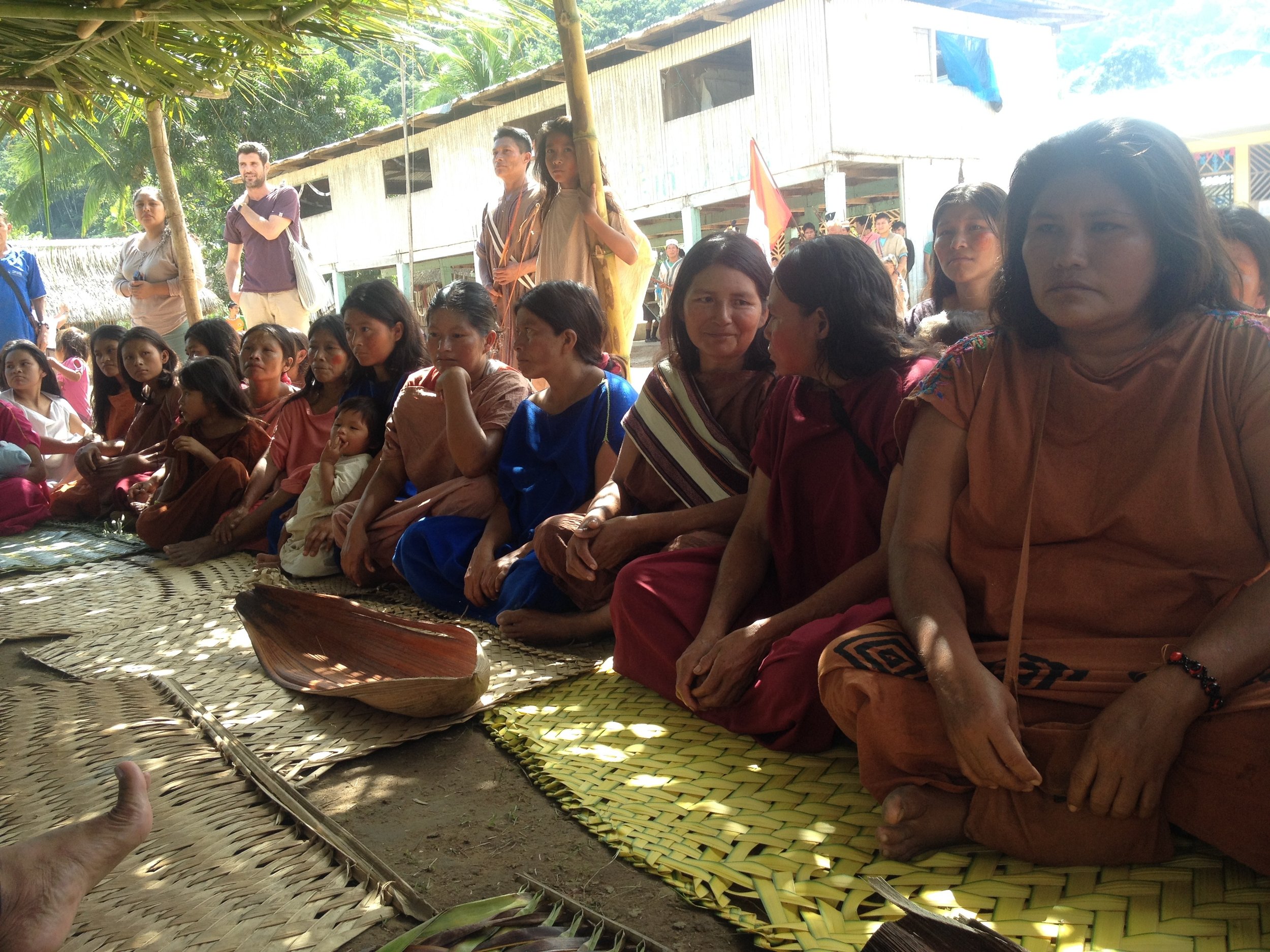
Community Organizations
DGM Peru engages with the country’s native communities through partnerships with national and regional organizations, each representing several communities. At the national level, AIDESEP and CONAP form equal halves of the project’s National Steering Committee, each of which represents nine regional organizations which can implement DGM subprojects.
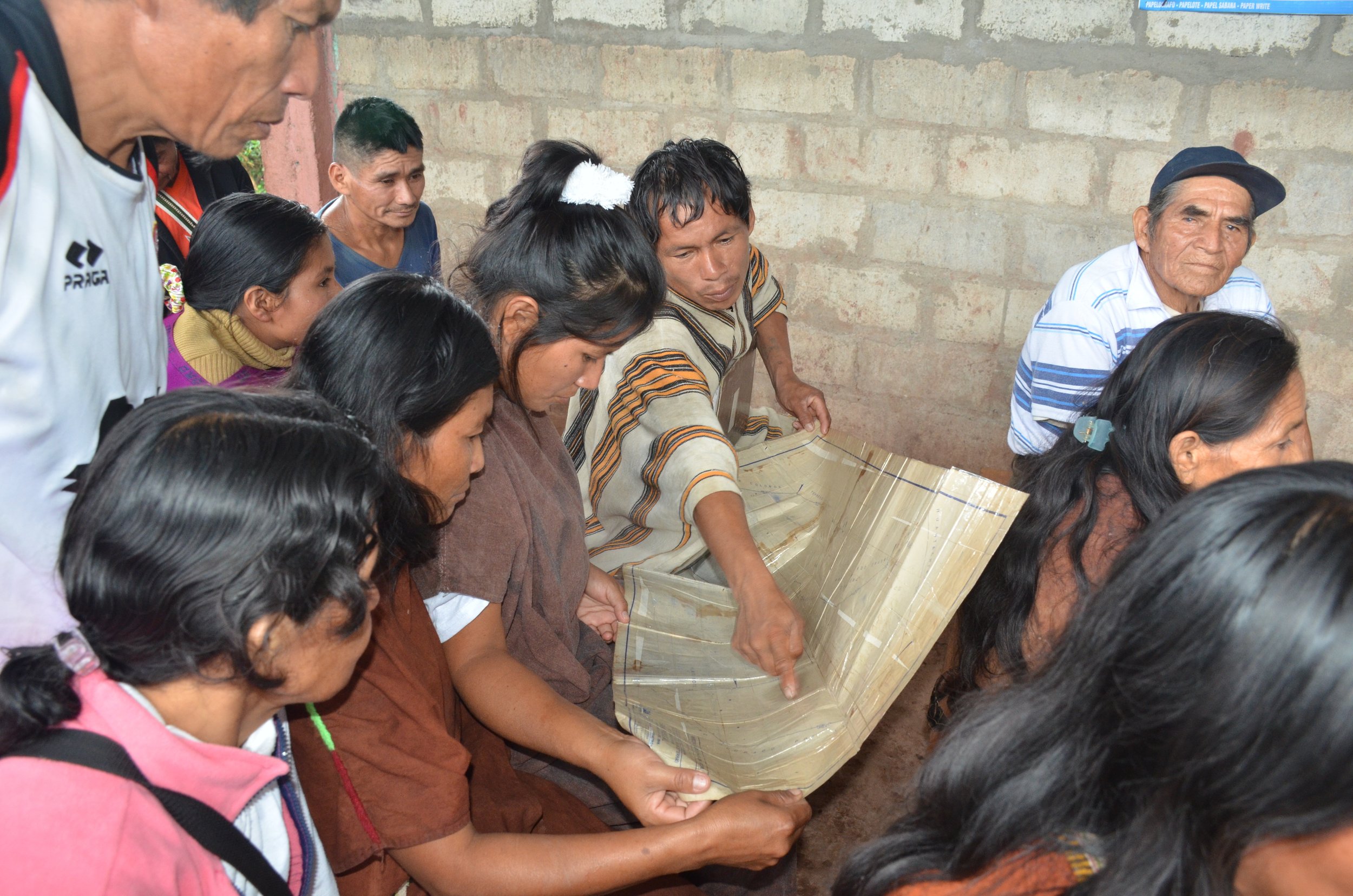
Recognition and Titling
One of the main focuses of DGM Peru is the enhancement of native community rights and land tenure. By strengthening their rights to their land, communities can help protect their lands and forests from illegal encroachment. The project has goals of supporting 310 native communities to achieve legal recognition and 130 communities to have their lands titled.
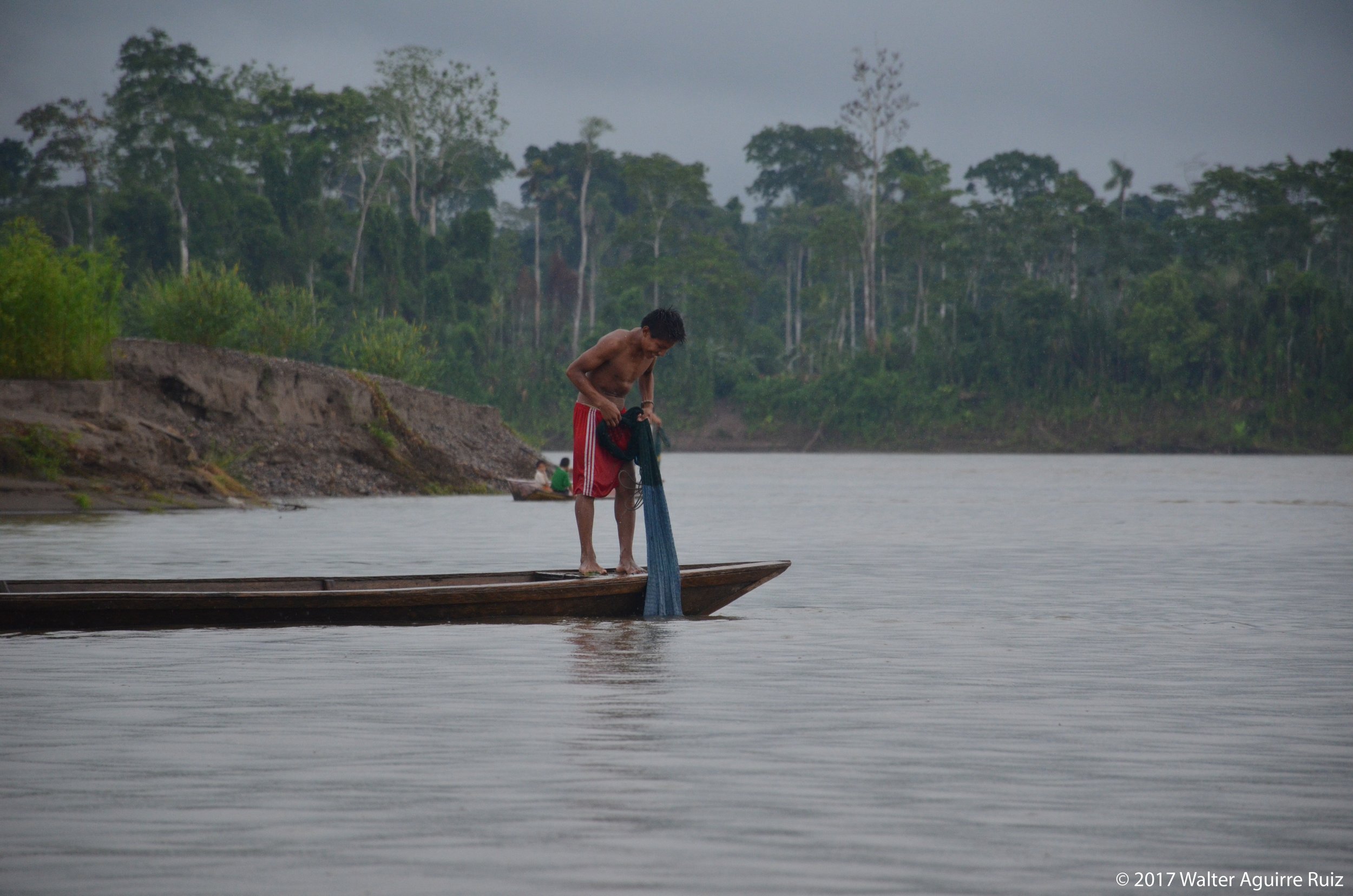
Natural Resource Management
DGM Peru also funds small community-led subprojects that contribute to sustainable forest management and improve food security and income generation. These subprojects focus on agroforestry, food security, and management of non-timber forest products. DGM Peru has set aside $500,000 for subprojects proposed and/or led by women.
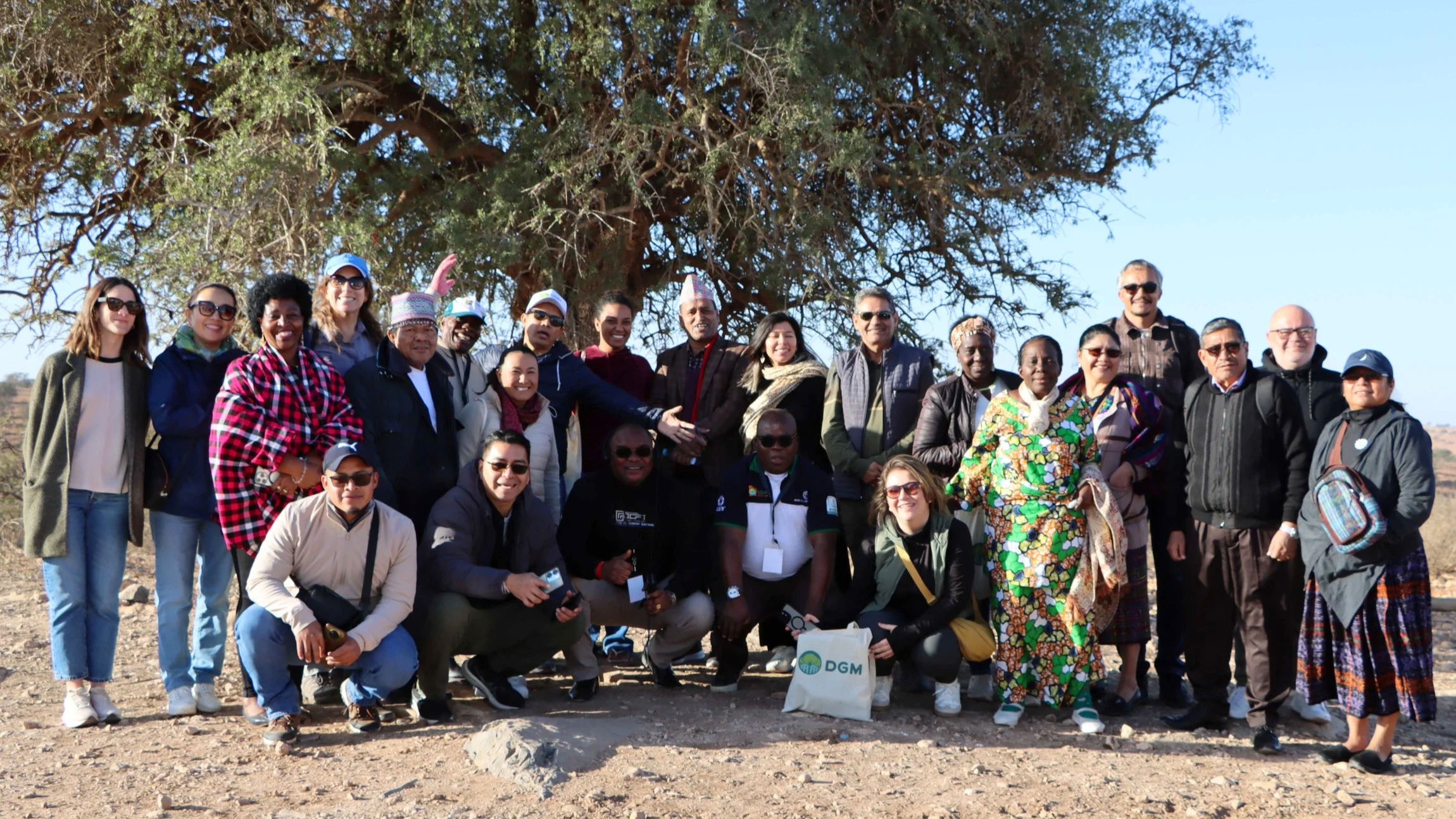
The World Bank has been selected to continue managing DGM Global under the Nature, People, and Climate (NPC) program with an allocation of US$5 million under the DGM’s new financing window.
In recognition of International Day of the World’s Indigenous Peoples, DGM GSC member Jagat Baram shares how this date is recognized and honored in his community and country.
In celebration of International Women's Day month, DGM Global invited one of the Global Steering Committee members, Lucely Pio to share her story and talk about the involvement of women in DGM Brazil projects.
A message to you from the 2021 cohort of DGM Global Learning Fellows: Indigenous and Local Community leaders from Brazil,, Mexico, Burkina Faso, and the Republic of Congo.
Hoy, en el Día Internacional de la tierra, quiero celebrar los esfuerzos que vienen realizando los pueblos indígenas del mundo para continuar protegiendo nuestro planeta. De tantas buenas experiencias a nivel local, quería resaltar una iniciativa desarrollada en la amazonía peruana con el Proyecto MDE Saweto.
Bharati Pathak, DGM Global Steering Committee member from Nepal, chair of the Federation of Community Forest User Groups Nepal (FECOFUN) and focal point for FECOFUN’s Gender Policy and Advocacy Program has been selected as the alternate observer of the Forest Investment Program (FIP) for the Eastern Europe/Asia/ Central Asia/Pacific region.
The Dedicated Grant Mechanism (DGM) is excited to share its 2020 Annual Report, covering the program’s fifth year supporting indigenous peoples and local communities.
This newsletter features DGM country and global project updates, stories of Indigenous and Local Community resilience, COVID-19 resources, publications, videos, upcoming events, and more!
In Indonesia, many communities working with the DGM in Sumatra, Java, East Java, and Sumba Island have taken the initiative to distribute food, conduct needs assessments, track coronavirus cases, and create quarantine centers and awareness campaigns. They have increased crop production to supply indigenous communities experiencing food shortages due to the long dry season coupled with the impact of COVID-19. Community cooperation has been critical in maintaining resilience and is evident in four stories written by DGM Indonesia NSC members.
Read about how local communities in Ghana, with the support of Solidaridad West Africa, are contributing to climate change mitigation while improving their resilience to the global crisis through forest restoration, beekeeping, climate-smart cocoa, renewable energy solutions, solar-powered boreholes and more!
Winners of DGM Photo Contest Focused on Indigenous Peoples and local communities Announced
In April, DGM Global published its 12th newsletter! Have you read the latest country project updates and DGM Global stories? Check out the newsletter for access to videos, photos, stories, reports, and program updates.
A message to you from Indigenous and Local Community leaders from Brazil, Colombia, Mexico, Nepal, Philippines, and Ghana.










